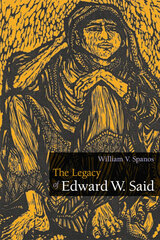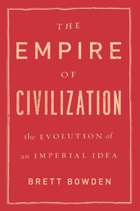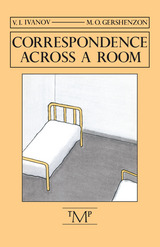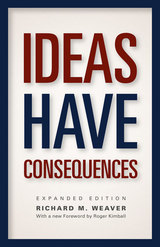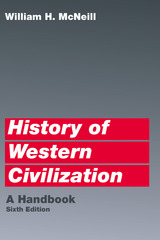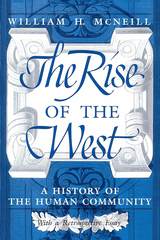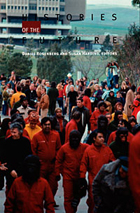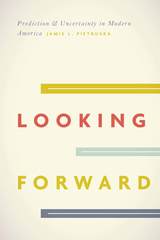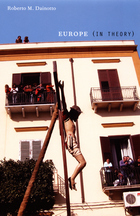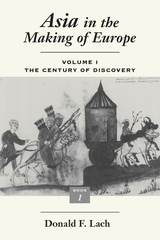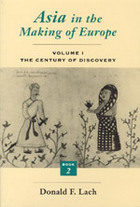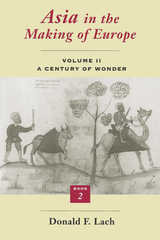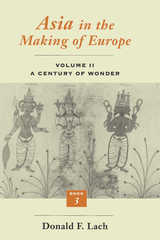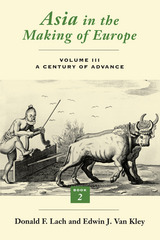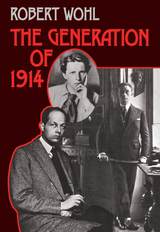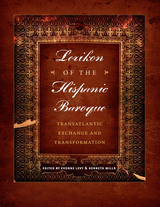A Short History of the Future
University of Chicago Press, 1989
Cloth: 978-0-226-86901-8
Library of Congress Classification CB161.W24 1989
Dewey Decimal Classification 303.490905
Cloth: 978-0-226-86901-8
Library of Congress Classification CB161.W24 1989
Dewey Decimal Classification 303.490905
ABOUT THIS BOOK | AUTHOR BIOGRAPHY | TOC
ABOUT THIS BOOK
In the tradition of H. G. Wells's The Shape of Things to Come, W. Warren Wagar's A Short History of the Future is a memoir of postmodern times. Cast in the form of a history book, the narrative voice of the book's powerful vision is that of a far-future historian, Peter Jensen, who leaves this account of the world from the 1990s to the opening of the twenty-third century as a gift to his granddaughter. A dazzling and imaginative combination of fiction and scholarship, Wagar's speculative history of the future alternates between descriptions of world events and intimate glimpses of his fictive historian's family through the ages.
Jensen's tale traces the flow of the future from the early twenty-first-century reign of a megacorporate global economy, to its sudden collapse in 2044, when nuclear catastrophe envelops the world. In the traumatic aftermath, a socialist world commonwealth comes into being in the year 2062, followed by a lengthy transition to a decentralized order of technologically mature autonomous societies, many located in outer space. The riveting literary interludes that follow each chapter take the form of letters and documents from the history of Jensen's family, evoking the everyday lives of people in the midst of these global-historical events. Here we meet a woman in Brazil whose son is dying from a new immuno-deficiency disease, two brothers comparing life on earth with life in a space colony, and many more.
Neither fiction nor nonfiction, Wagar's brilliantly creative work is not meant to forecast the future, but rather to draw attention to possibilities and alternatives for humankind and planet Earth. In doing so, it also serves as an unforgettable reminder that the future is being made now.
Jensen's tale traces the flow of the future from the early twenty-first-century reign of a megacorporate global economy, to its sudden collapse in 2044, when nuclear catastrophe envelops the world. In the traumatic aftermath, a socialist world commonwealth comes into being in the year 2062, followed by a lengthy transition to a decentralized order of technologically mature autonomous societies, many located in outer space. The riveting literary interludes that follow each chapter take the form of letters and documents from the history of Jensen's family, evoking the everyday lives of people in the midst of these global-historical events. Here we meet a woman in Brazil whose son is dying from a new immuno-deficiency disease, two brothers comparing life on earth with life in a space colony, and many more.
Neither fiction nor nonfiction, Wagar's brilliantly creative work is not meant to forecast the future, but rather to draw attention to possibilities and alternatives for humankind and planet Earth. In doing so, it also serves as an unforgettable reminder that the future is being made now.
See other books on: Forecasts | Future Studies | Imaginary histories | Short History | Twenty-first century
See other titles from University of Chicago Press

